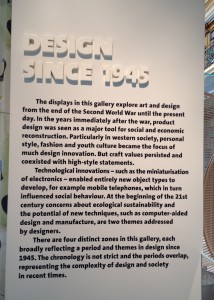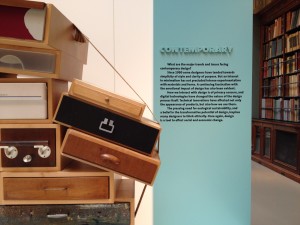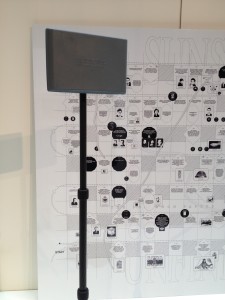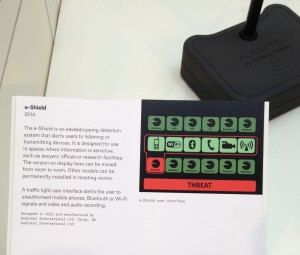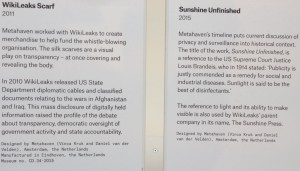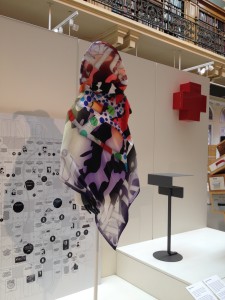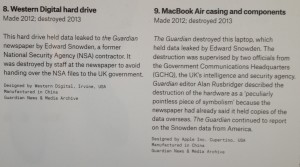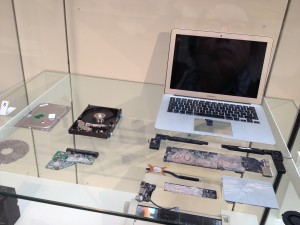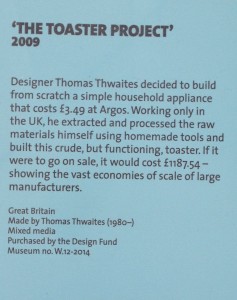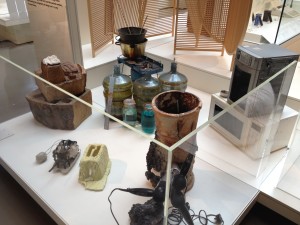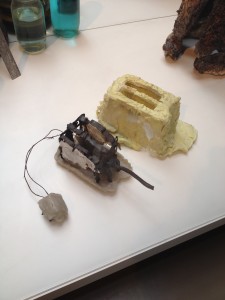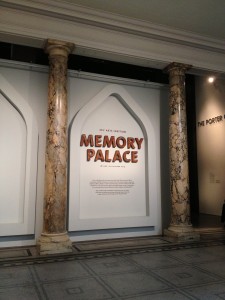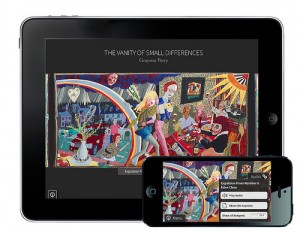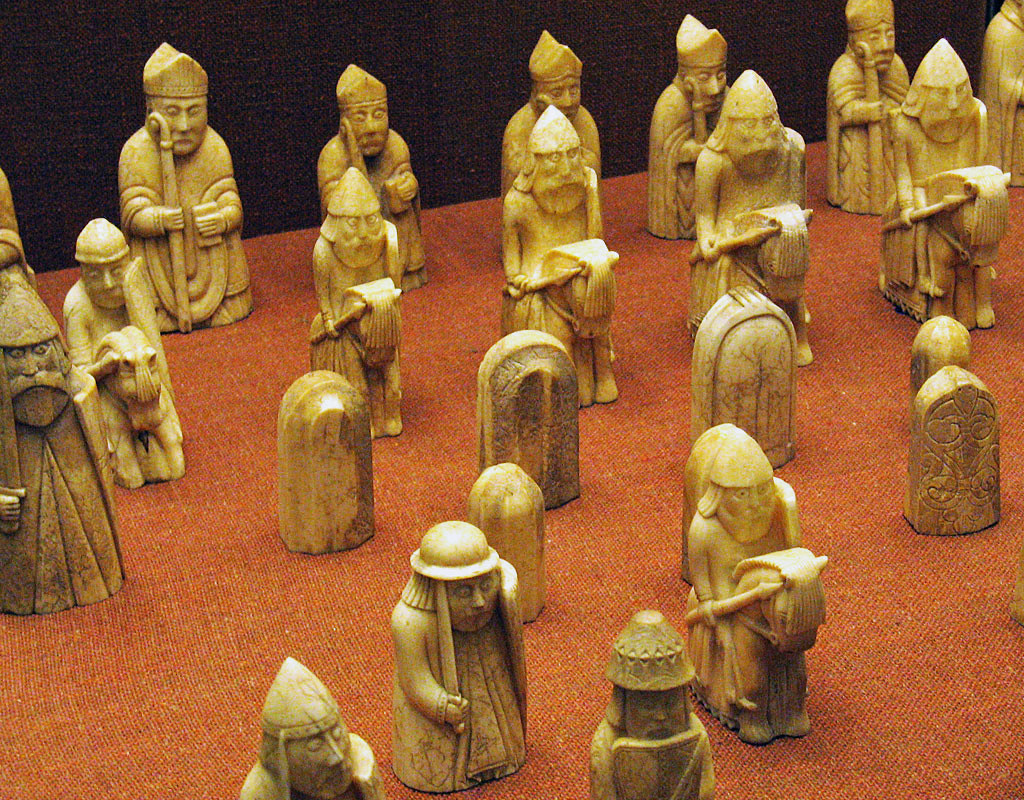
Teamwork and Strategy in the Museum… Lewis Chessmen, Scotland, 12th-Century, British Museum. Photograph by Andrew Dunn. Sourced from WikiCommons/Creative Commons.
What does data have to do with me?
British Museum
Great Russell Street, London WC1
5 June 2015
One of the bonuses of working on an AHRC funded doctorate is being able to attend conferences, workshops and seminars that introduce me to subject areas which at first sight might seem tangential to my core subject, but as my research actually crosses disciplinary boundaries I shouldn’t be too surprised when they prove to be incredibly useful. Signing up to the AHRC mailing list and taking notice of emails sent by University of Brighton Doctoral College alerted me to such opportunities. Events that fit this category include a two-day workshop, hosted by Northumbria University Newcastle and Tyne & Wear Archives and Museums, on the subject of “Digital Histories: Advanced Skills for Historians” (reviewed here), and “Using Museum Archives” supported by the Museums and Galleries History Group and the British Museum Collaborative Research Studentship Programme (also, to be reviewed).
I was particularly impressed with another British Museum event, “What does data have to do with me?” and am writing this up in detail because it signposted numerous projects that I wouldn’t otherwise have been aware of. The packed programme featured stellar speakers including representatives from Adobe, the Arts Council, Culture24, Dallas Museum of Art (by Skype), Google, The Guardian, Nesta and News UK. Crucially, though, the day introduced a new resource within the museum…data.
Continue reading

